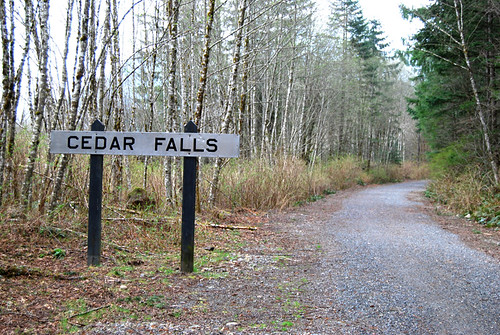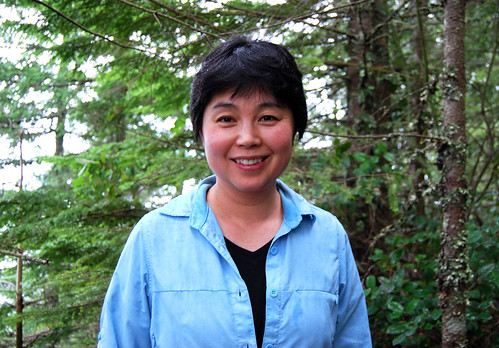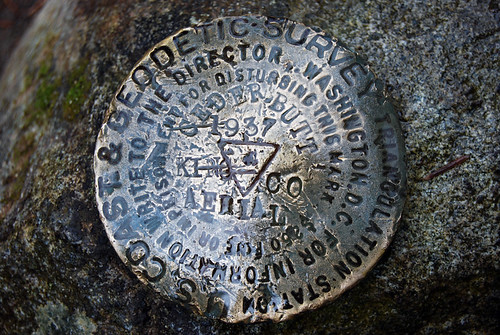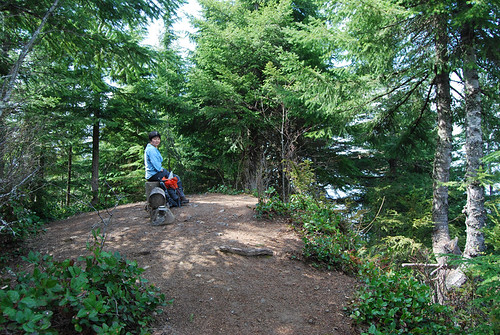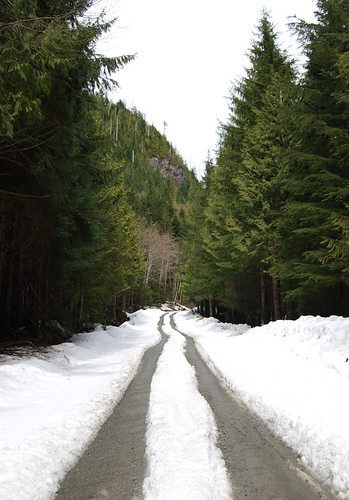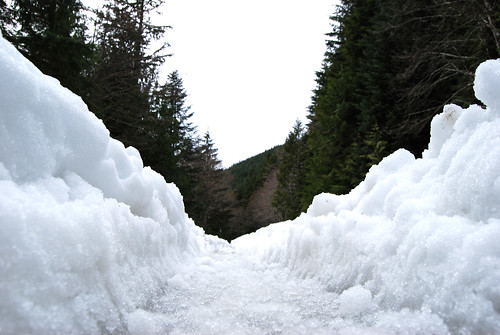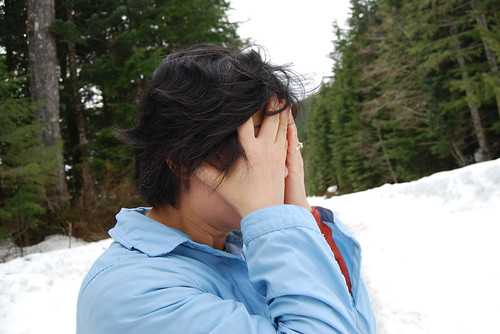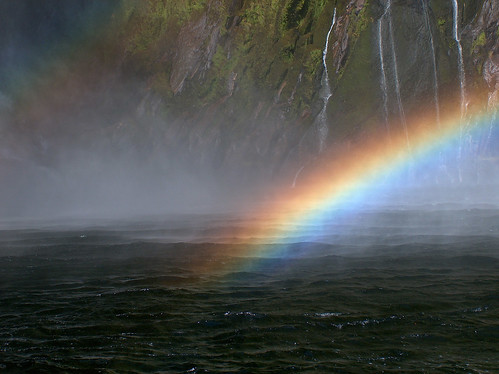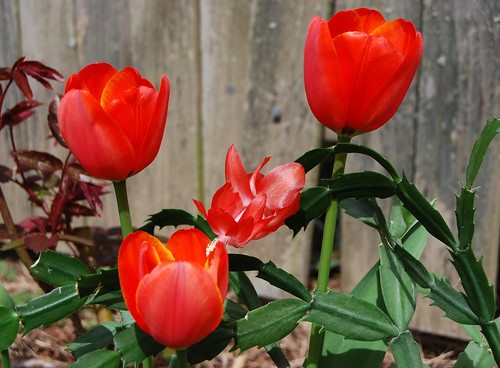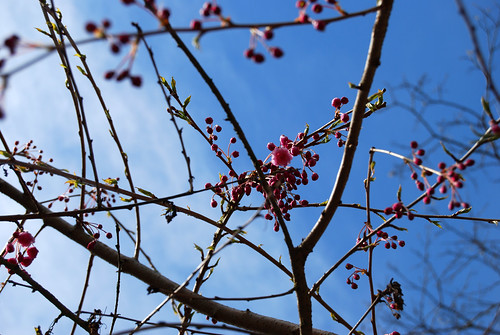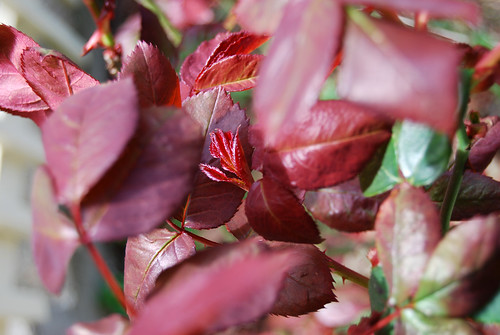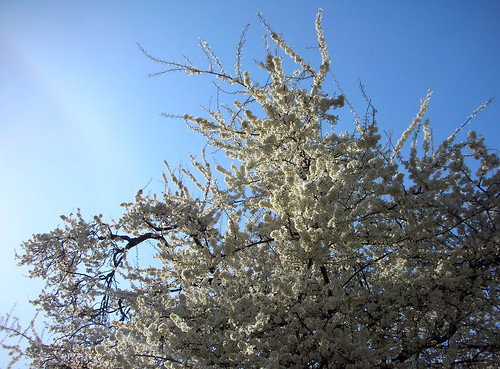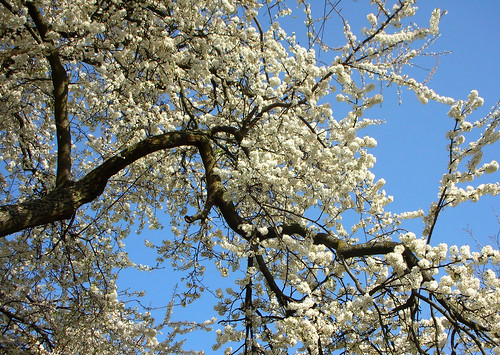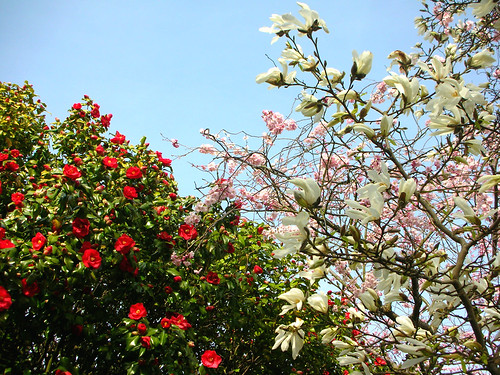The Tale of Vasataté

Hail, hail, the king of the seas, the great god Vasataté, God of Oceans! Today is His holy day and He is divine! . . . Well, aren't They all?

When the grand and magnificent Vasataté was born, His father Korutuzho, God of Agriculture and King of the Gods, wanted to swallow Him whole so Vasataté would not be a threat to His reign. Vasataté’s mother Rana, Goddess of Clouds, however, saved Vasataté before Her husband could eat Him, replacing the infant Vasataté with a colt, explaining to Korutuzho that She had given birth to the horse. Korutuzho believed Her, for this sort of thing happens amongst the gods since They are not human. Even though He was quite fond of horses, Korutuzho swallowed the colt, satisfied.
Meanwhile, Vasataté took the place of the colt in its herd, to be raised by the horses on the open plain. He learned the ways of the horses and grew up strong. Thanks to His competitive nature, Vasataté taught the horses how to race. Transforming Himself into a colt, He would race against them all. At first, Vasataté easily triumphed, but the horses learned how to run faster and soon the herd’s dominant stallion beat Him. Vasataté, His face red with anger, struck the ground with His hooves. For miles around, the earth shook. Tree toppled, houses collapsed, gaping chasms opened in the bedrock.
The herd stood in stunned astonishment, staring at the foal god. Further afield, other gods took notice -- more specifically, Vasataté’s father, Korutuzho. The King of the Gods swept down upon the herd, knowing that an unknown god was among them. Vasataté remained in colt form, however, and Korutuzho did not wish to harm innocent horses. Thus the King of the Gods could do nothing but frown and stare at the herd: Korutuzho could not tell friend from foal.
Another god Who had felt the earthquake was Vasataté’s brother Sozho, High God of Air. Like Vasataté, Sozho had been hidden by Their mother, Rana, so Korutuzho wouldn’t eat Him like He had Their three siblings. When Sozho realized -- thanks to Rana -- that One of His brothers had also escaped Korutuzho’s maw, He hid in a cloud and snuck over the herd and His father. When Korutuzho finally stalked away, frustrated, Sozho descended to talk to Vasataté.
Vasataté recognized that Sozho meant no harm, so He revealed Himself by transformed back to His usual, muscular shape with a ruddy complexion and a flowing, white beard. Sozho pressed for His aid in rescuing Their siblings from Korutuzho’s belly and then overthrowing Korutuzho from His throne. Considering Their father’s actions thus far, the only good Vasataté could find was Korutuzho’s treatment of horses in general. Other than that, Their father was a bad king and a bad god. He agreed to assist Sozho.
Thus the two brother gods marched into Korutuzho’s throne room, slit open His belly, rescued Their siblings, and sent Korutuzho running for the hills. Since the dethroning had been Sozho’s idea, Vasataté let Him become the new King of the Gods. But since Sozho had needed Vasataté’s help, They divided the rule of the universe amongst all five siblings. Vasataté drew the first lot, receiving the oceans. He immediately headed for His new kingdom, letting the others sort out the remainder of the world.
To Vasataté, the sea was wild and new, and yet strangely reminiscent of the flat plains upon which He had previously lived. He called His horse friends to Him and granted them fish tails so they could join Him upon the ocean. In a chariot hitched to a team of these new sea-horses, Vasataté ventured from one end of the ocean to the other, observing His kingdom.
Fishes and whales swam alongside His chariot. Dolphins frolicked in His bow wave, welcoming Him and the horses to the sea. Vasataté spoke kindly to all the sea animals, glad for their hospitality. As He traveled, Vasataté enjoyed the varied states of the water, from calm sheets of green glass to churning black storms, and learned to control these qualities.
While riding His chariot over the water, Vasataté happened across a group of sea demigoddesses dancing atop the waves. One of the demigoddesses had such beauty and grace that Vasataté fell in love immediately and decided that He had to make Her His wife. Her name was Rénavahalasíhí and much to Vasataté’s chagrin, She had pledged Herself to virginity for all time. When Vasataté approached and made His intentions known, Rénavahalasíhí swam away as fast as She could.
Vasataté steered His sea-horses to chase, but the other demigoddesses blocked His path, holding His chariot back. The lovely Rénavahalasíhí disappeared over the horizon. The smitten Vasataté relented to the demigoddesses and headed the opposite direction so He could think. Stroking His long, white beard, Vasataté decided He needed an intermediary. He called the King of the Dolphins to Him and explained the situation. The King of the Dolphins agreed to do Vasataté’s bidding, for He was the ruler of the ocean, and so the dolphin swam after Rénavahalasíhí.
At the far end of the ocean, the dolphin king found the sea demigoddess and told Her of the goodness of Vasataté’s heart, His true love for Her, and the power He wielded as the King of the Oceans. Since it is difficult for anyone, much more so for a demigoddess of the sea, to ignore a dolphin’s cheerfulness, Rénavahalasíhí’s heart melted. She agreed to wed Vasataté, giving up Her virginity.
And so the two married in a grand ceremony upon the ocean blue. All of Vasataté’s siblings and Their families attended, as did Rénavahalasíhí’s demigoddess friends. Life was wonderful for the newlyweds: They played amongst the waves, They created new islands far out at sea, They started an underwater brewery that makes divine ales and lagers, and They had many children. For many years, They delighted in each other’s company.
Eventually, though, Rénavahalasíhí began to lose Her charms. Vasataté’s eyes began to wander. One day, He looked upon His sister Nuvíní, High Goddess of Earth, in a new light. Vasataté was overcome by lust for Her full-figured, strong body. Nuvíní noticed this attention as was taken aback, for They were both married, She to Sozho and He to Rénavahalasíhí. Attempting to hide from Vasataté, Nuvíní transformed Herself into a mare and disappeared amongst a huge herd of horses.
Vasataté chuckled as He watched Her do this, for She had been inside Korutuzho’s belly when He had lived with horses; She did not know of His equine knowledge. Racing across the plain, Vasataté transformed into a stallion, pure black and twenty-five hands high. As He approached the herd, He easily spotted Nuvíní by Her godlike stance. The earth goddess saw Him coming, however, and started galloping away. Snorting a laugh, for He had invented horse racing, Vasataté chased after Her.
Quickly He overtook Her, hardly a challenge at all. Nuvíní conceded His victory and They mated. Almost twelve months later, for They had been horses, Nuvíní gave birth to a colt named Séraírané, Who could speak the language of the gods and had a mane of green. Séraírané also had human feet on His right legs, so He could run faster than any horse or man alive. Séraírané has spent His life assisting heroes and leading in battles. Nuvíní also birthed a nymph named Tésavustí, Who took to the seas to live with the other demigoddesses.
When Vasataté returned to those very same seas, which were His home, He was confronted by His wife, Rénavahalasíhí. Her pure and beautiful face was twisted with rage: Vasataté had cheated on Her! With an open hand, Rénavahalasíhí struck at Her husband, again and again. The oceans boiled around Her; the skies swirled with storms. Vasataté took Her blows and struck back as well. She was not nearly the lovely demigoddess He had married. She had turned into a nagging hag! With His anger, the ground shook, the seas raged, the winds howled, and all the oceans were caught in a maelstrom of divine conflict.
Days, fourdays, months, and years went by, and Their fight did not abate. The oceans were impassable; all trade and exploration ground to a halt. In one port city, the sailors banded together to buy a horse for Vasataté, hoping to appease His anger and make Him remember the good parts of life. The sailors brought the horse down to the ocean shore, where the waves crashed against the rocks. Despite being knocked around by the pounding seawater, the stalwart sailors guided the horse into the sea, whereupon they held it under the waves until Vasataté took it.
The oceans calmed. The storm finally passed. Vasataté and Rénavahalasíhí accepted Their differences while acknowledging Their undying love for each other. To this day, the ocean god and His wife still argue occasionally, but an appropriate gift will calm Them down, helping Vasataté remember His days with the horses and the sea-horses and the first time He saw Rénavahalasíhí upon the glorious green waves.
